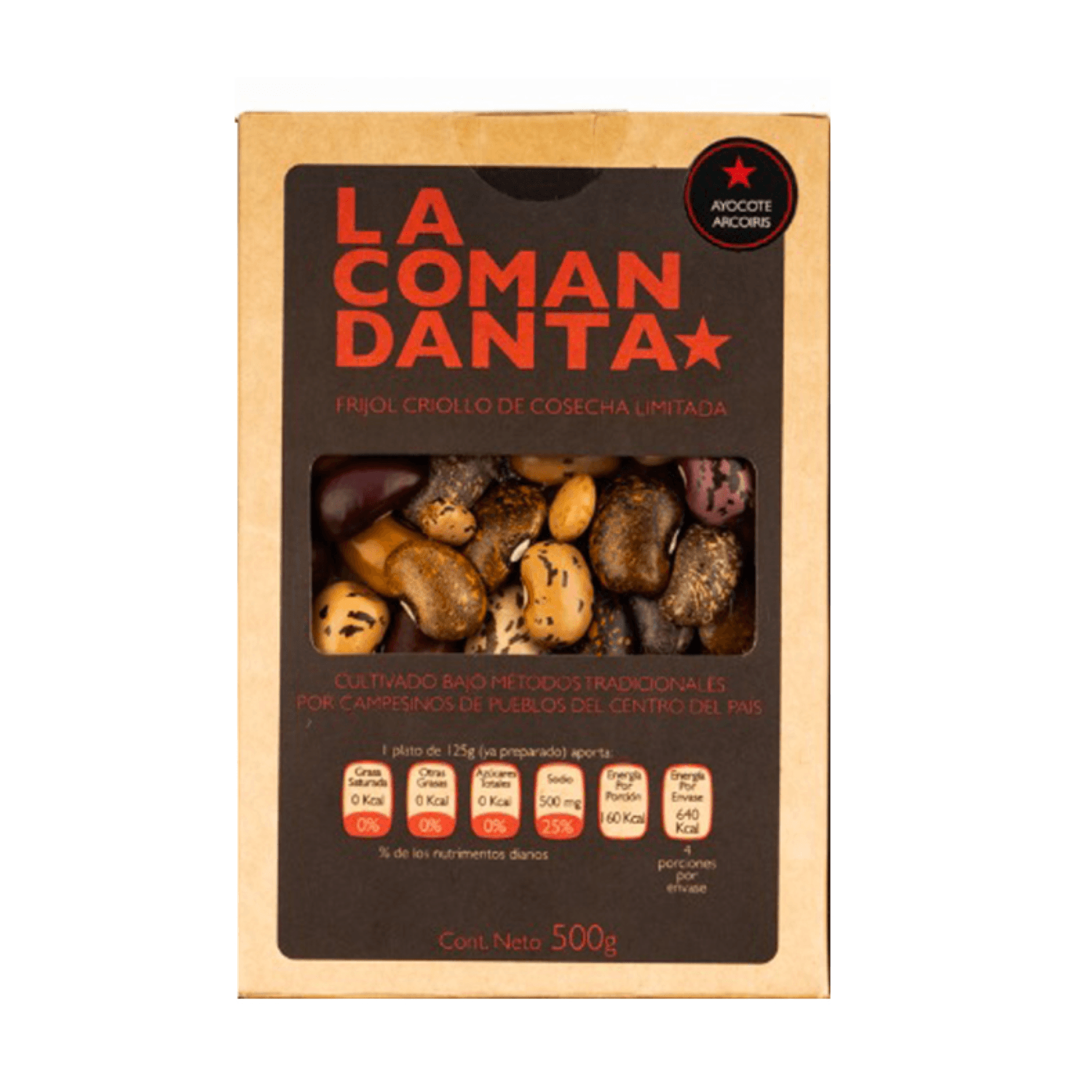Ayocotes: The Nutritious And Versatile Runner Beans
Ayocotes, also known as runner beans, are a delicious and versatile legume packed with essential nutrients.
Ayocotes, also known as runner beans or Phaseolus coccineas, are a type of legume native to the Americas. These beans have been an important food source for indigenous cultures for centuries and are now gaining popularity in contemporary cuisine.

Ayocotes are part of the same family as common beans but have a distinct appearance and flavor. They have elongated pods that can grow up to 8 inches long and come in various colors, including cream, purple, red, and black. The seeds inside the pods are typically white or speckled with vibrant colors.
One of the reasons ayocotes are prized is their nutritional value. They are low in fat and calories but high in fiber and protein, making them a healthy choice for those looking to maintain a balanced diet. Ayocotes also contain important vitamins and minerals such as calcium, iron, potassium, and vitamin C.
In addition to being nutritious, ayocotes offer a range of culinary possibilities. They have a rich, earthy flavor with hints of sweetness that sets them apart from other beans. Their texture is slightly denser than common beans but still tender when cooked properly.
To prepare ayocotes for cooking, it is necessary to soak them overnight before rinsing them thoroughly. This helps soften the beans and reduce their cooking time. Like most beans, they can take some time to cook fully but become tender when boiled or simmered for an extended period.
Ayocotes can be used in various recipes from soups and stews to salads or side dishes. In Mexican cuisine specifically, they are often featured in traditional dishes like refried beans or frijoles de la olla—cooked simply with onions, garlic, and other seasonings.
These versatile beans can also be added to vegetable-based meals like casseroles or even baked goods like brownies for a unique twist. Their vibrant colors also make them an attractive addition to any dish, adding visual appeal along with their delicious flavor.
Beyond their culinary uses, ayocotes offer potential health benefits. The high fiber content of these beans can aid digestion and promote a healthy gut. The protein they provide is essential for growth and repair, making them an excellent choice for vegetarians or those looking to incorporate more plant-based proteins into their diet.
Ayocotes are also believed to have antioxidant properties due to the presence of compounds like polyphenols and flavonoids. Antioxidants help protect the body against oxidative stress and may contribute to overall health and well-being.
Furthermore, ayocotes have been used in traditional medicine for various purposes. Some cultures believe that these beans can support heart health, regulate blood sugar levels, and even aid in weight loss. While more research is needed to fully understand these potential benefits, it highlights the rich history and cultural significance of ayocotes.
In recent years, there has been a renewed interest in incorporating indigenous crops like ayocotes into sustainable agriculture practices. These beans are known for being relatively low-maintenance compared to other crops, making them suitable for cultivation in diverse climates.
Their ability to fix nitrogen from the atmosphere also makes them valuable for promoting soil fertility without relying heavily on synthetic fertilizers. This feature contributes to sustainable farming practices that prioritize environmental health and reduce reliance on chemical inputs.
As consumers become more aware of the environmental impact of their food choices, ayocotes offer a promising alternative to conventional beans. By supporting local farmers who grow these heirloom varieties, individuals can contribute to biodiversity preservation and help protect traditional food systems.
In summary, ayocotes are a nutritionally dense legume with a unique flavor profile that sets them apart from common beans. They offer a range of culinary possibilities and potential health benefits. Whether used in traditional dishes or incorporated into contemporary recipes, these versatile beans provide a colorful addition to any meal while contributing to sustainable agriculture practices.
License: You have permission to republish this article in any format, even commercially, but you must keep all links intact. Attribution required.
